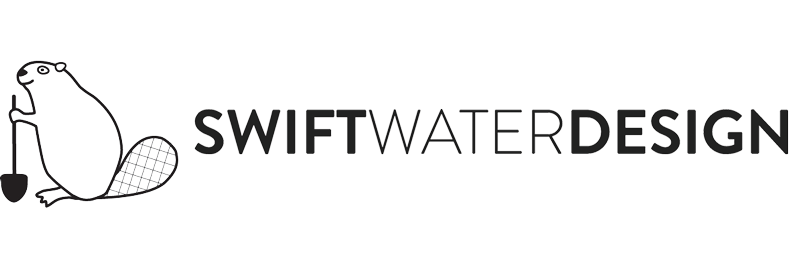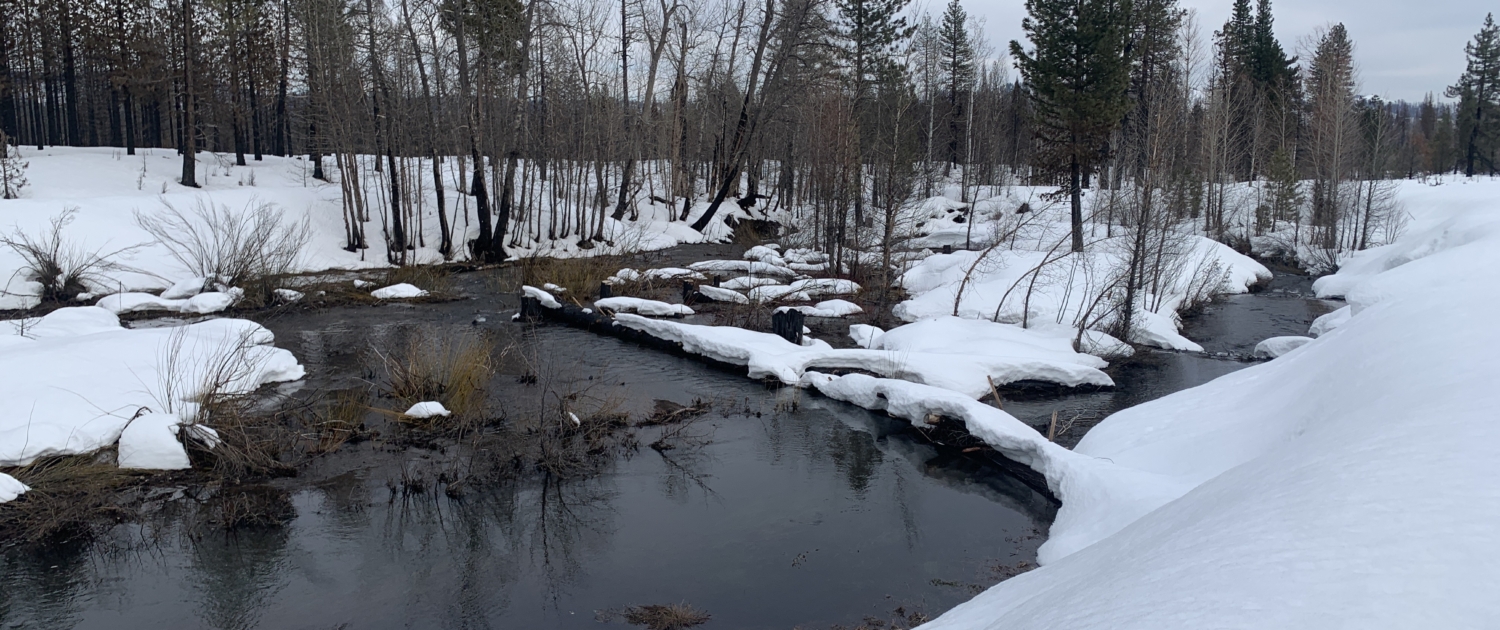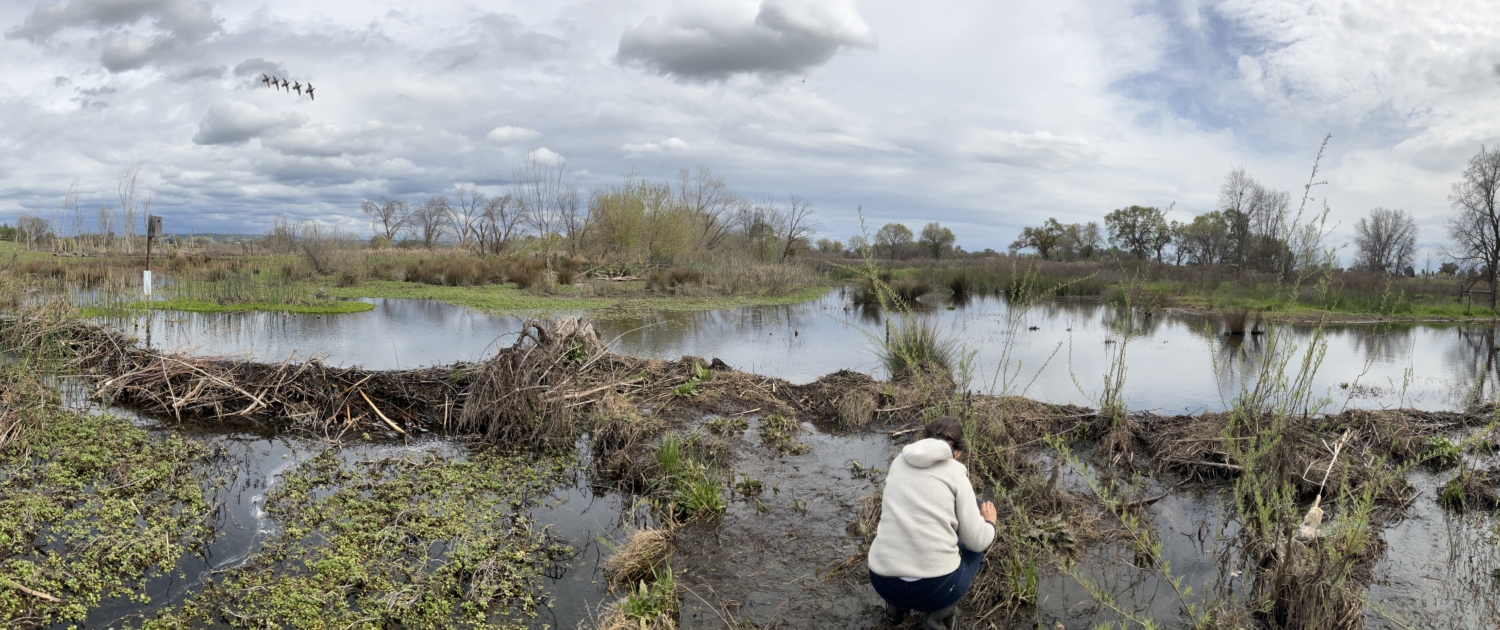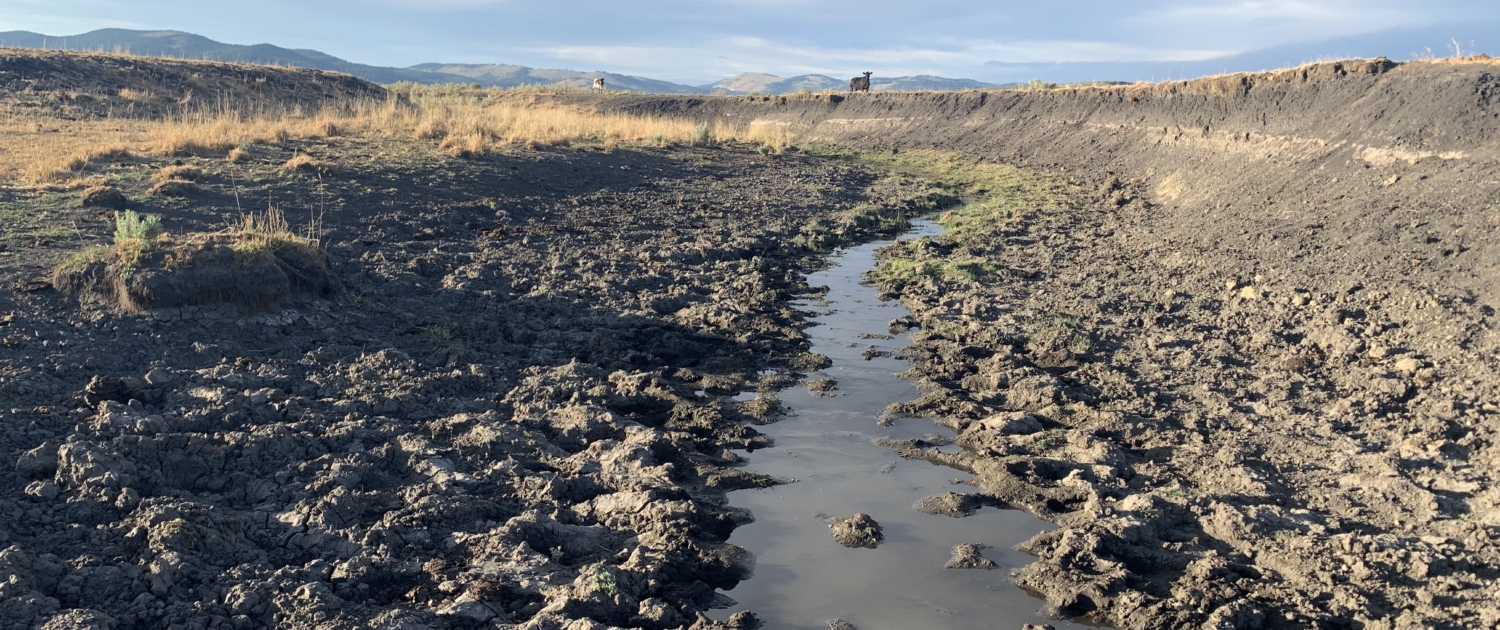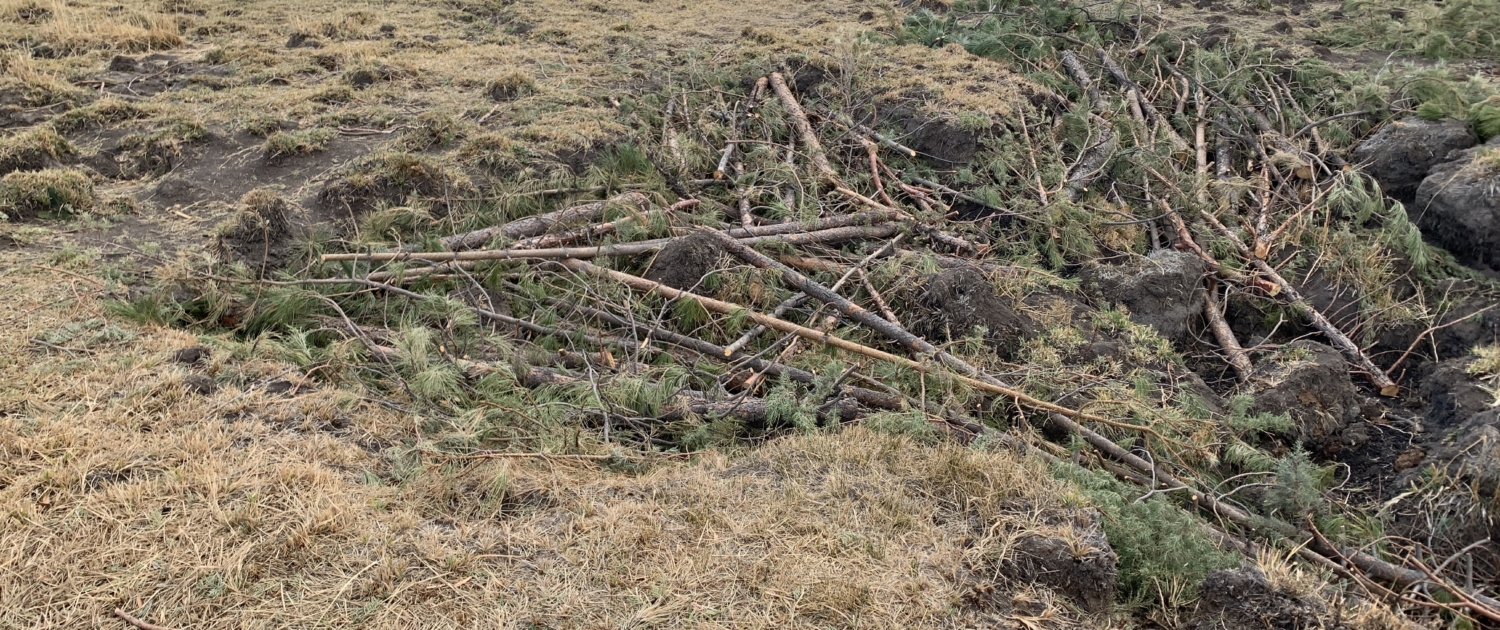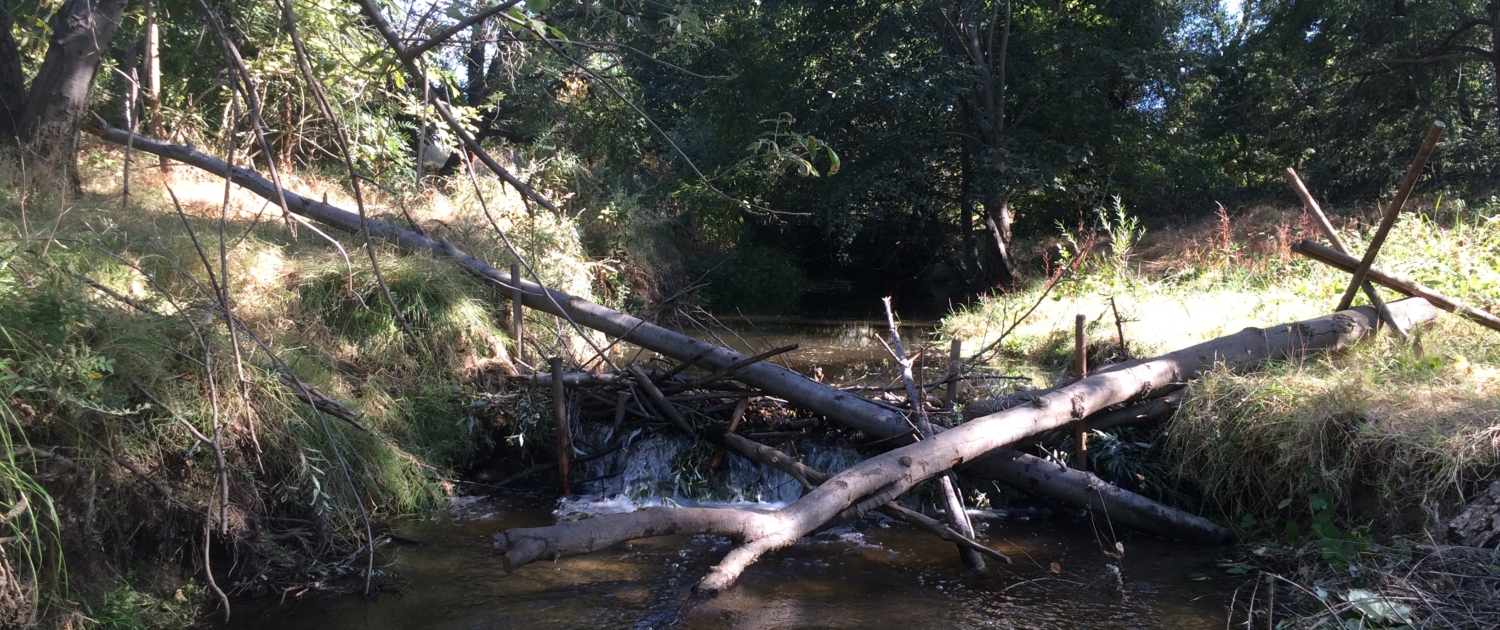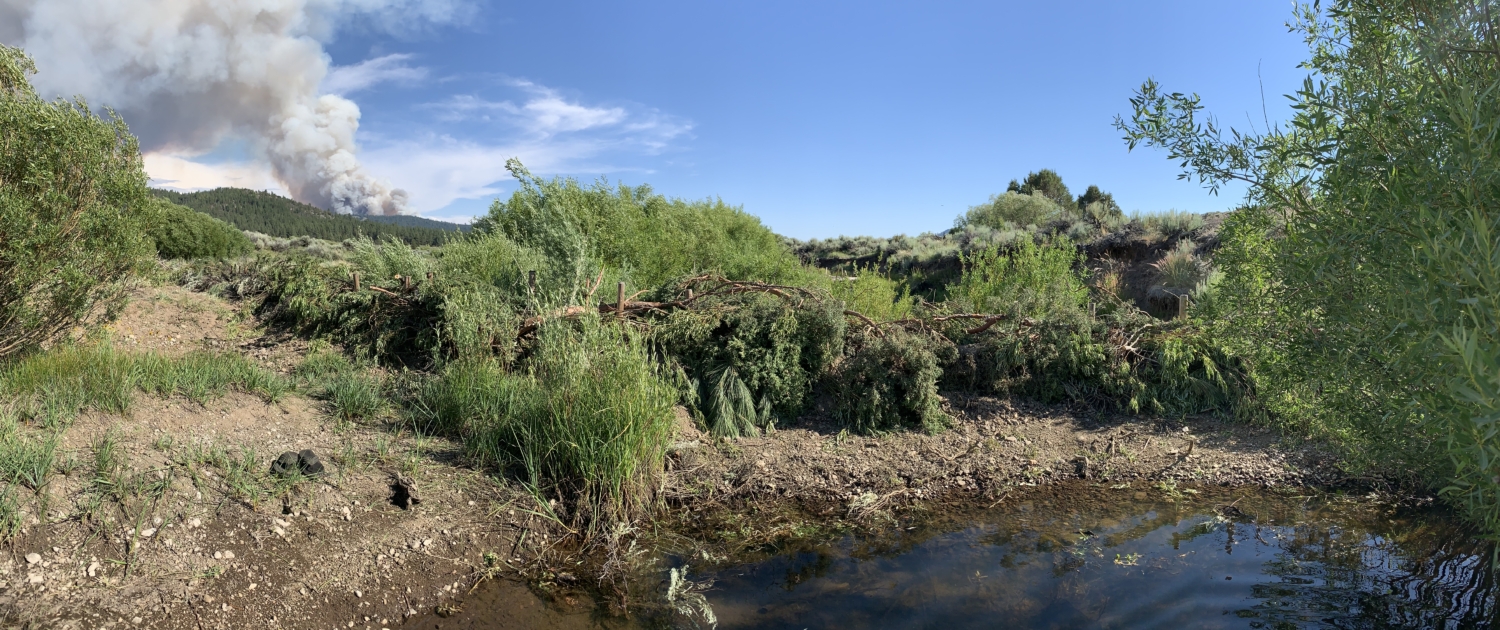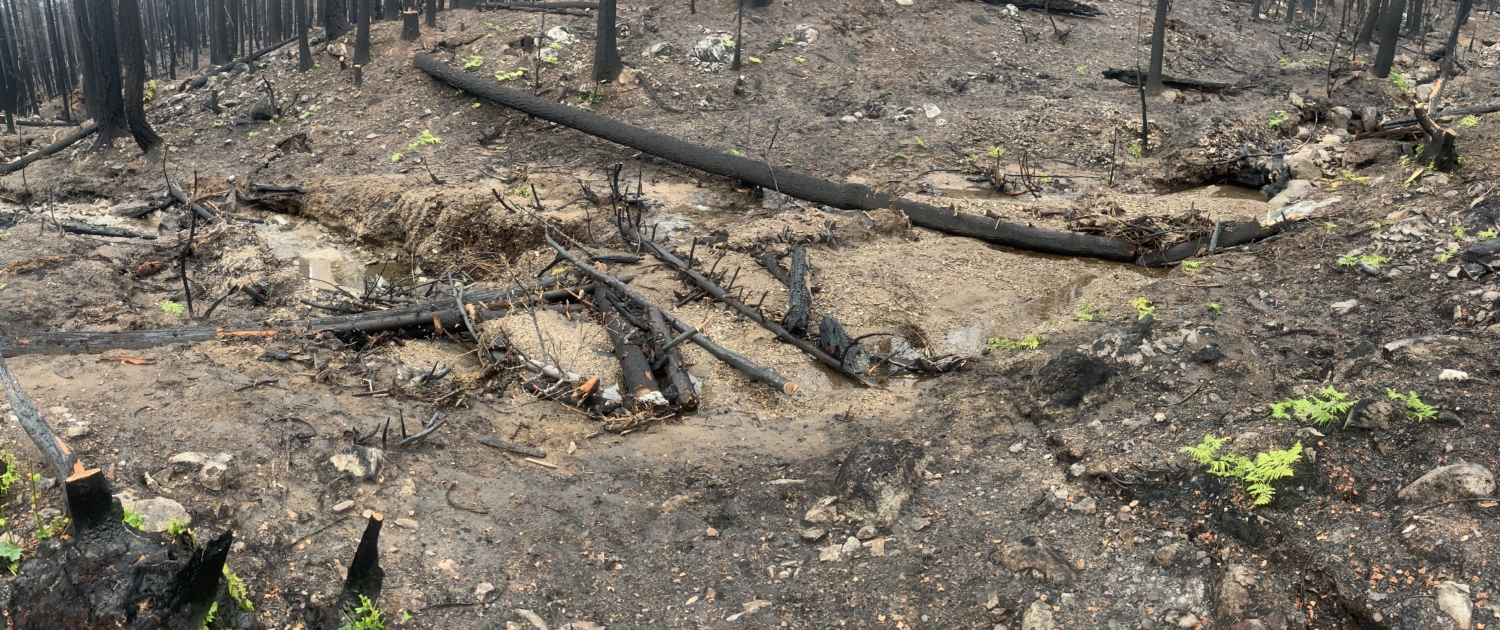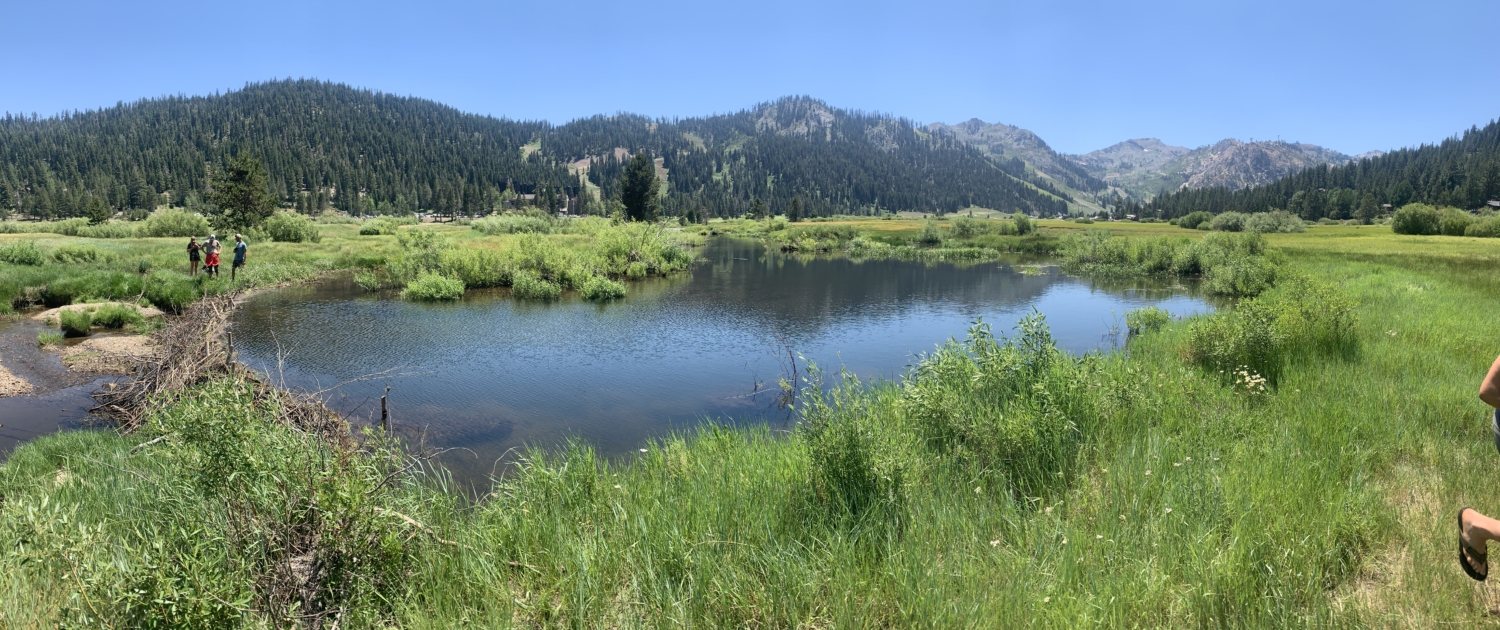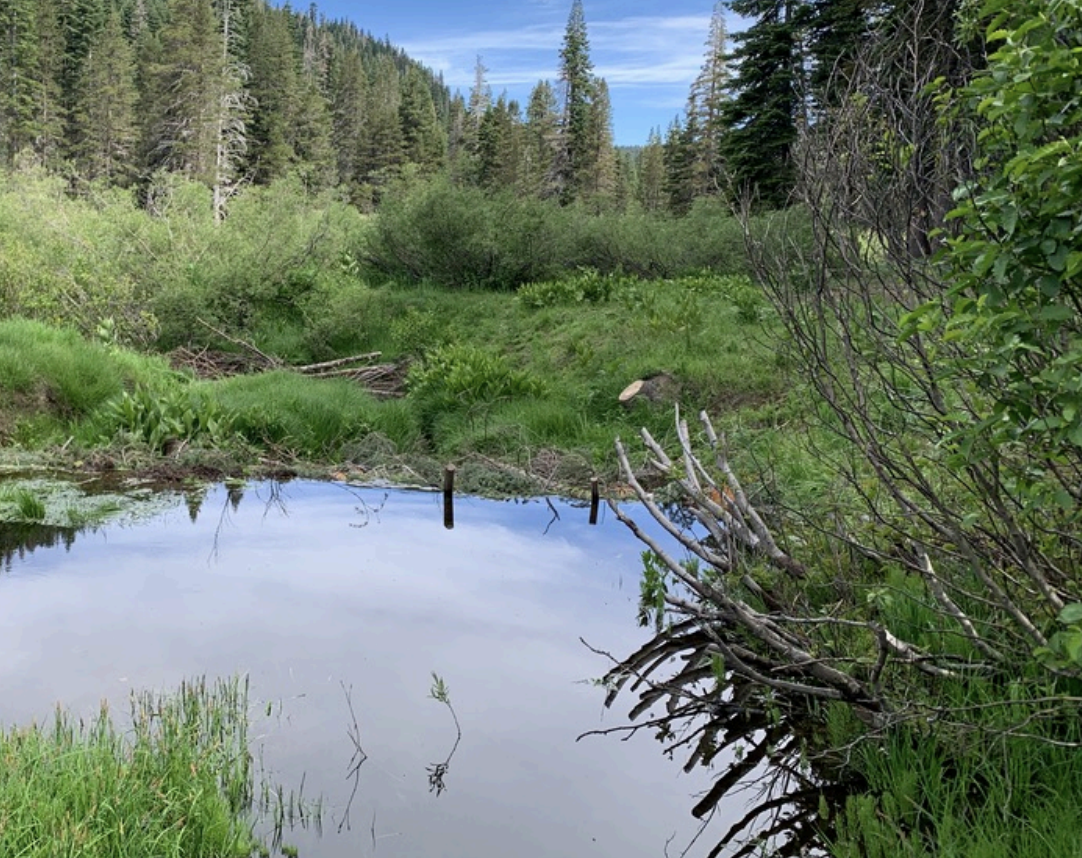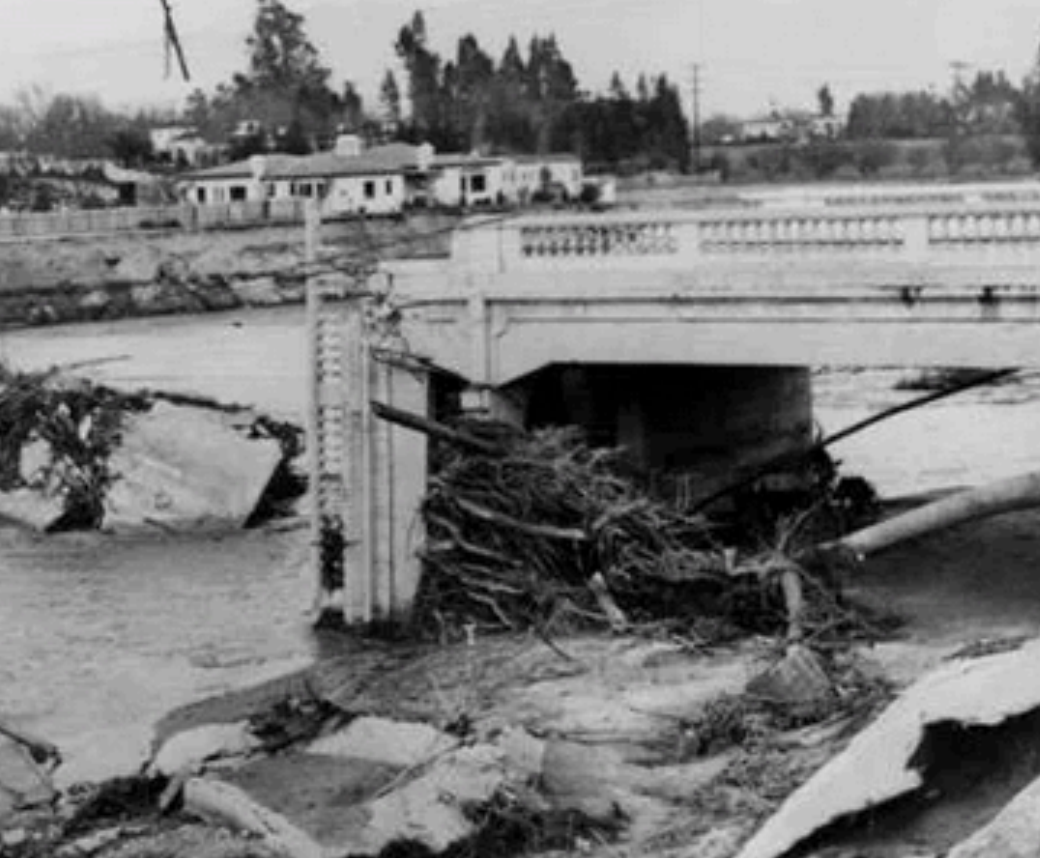Design Philosophy
Don’t fight the site
“As the water shapes itself to the vessel that contains it, so a wise man adapts himself to circumstances.”
— Confucius
Just as Zen practitioners aspire to non-doing, or not forcing, we restorationists can best serve the needs of Life by listening to and following the natural systems we work with and in. By emulating the ever-changing element we negotiate with (water), and flowing with what is toward what we want, we can become gentler stewards and more humbly appreciative of what it took for us to simply exist.
Start with this—the vibrancy and inventiveness of Earth’s natural systems were sufficient to give rise not only to humans, but more significantly to all the ancestral forms required to assemble a human: bacteria, blue-green algae, sea sponges, and millions of others through billions of years.
We’ve only very recently decided that humans should make decisions for all other life, despite our most-junior status in the group.
What if you were a river?
Imagine a complete stranger wandering uninvited into your home and telling you, “Starting today, and for the rest of your life, you will assume a single posture that I will specify now.”
Whether they insisted you stand, sit, lie down, or put both feet behind your ears any given posture would shortly cripple you and reduce your life to a physical absurdity. This is exactly what happens in form-based construction, where rivers are engineered, temporarily fixed in place, and told to “hold still, dammit”.
If we posit for a moment some existential will on the part of a river to stay a river (free, flowing, able to flood and meander and change over time), expressed as the simple laws of physics, then it should not surprise us that the tighter we squeeze a river, the more ferociously it fights against our artificial constraints.
“Nothing in the world is as soft and yielding as water. Yet for dissolving the hard and inflexible, nothing can surpass it.” Tao Te Ching – Verse 78
Room For The River
“If you try to capture running water in a bucket, it is clear that you do not understand it and that you will always be disappointed… To ‘have’ running water you must let go of it and let it run.” — Alan W. Watts
Freedom space, erodible corridor, historic floodplain— it goes by many names, but they all amount to the same thing, which can be approached by an analogy: A wolf in a zoo is no longer a wolf.
Because inside and behind the obvious physical animal is the invisible totality of Wolf—the rain that feeds the browse that supports the deer, thousands of square miles of territory, hidden dens and high passes of snow and sun, and the freedom which makes up a full life. The thing in a zoo was a wolf, and can be again, if the cage is opened. Just so, a river in a hardened, fixed channel is no longer a river, but can be again if given room to run.
Constraints are not always nouns
Some source problems are physical assets and infrastructure like dams, road crossings, cities, suburbs and the like.
They can also be land use practices that destroy habitat, dry out landscapes, and strip-mine soil fertility. Almost every ranch, and absolutely all the public land I have ever seen is overgrazed. Early on, it was sheer greed and stupidity borne of cornucopian ideology. Now? It’s sheer desperation—the haunting, sleepless, sinking feeling that there’s no way to hold onto the land without overgrazing it. Like burning your axe handle for firewood, eating the seed corn…
Analogies again. Even the most pathological workaholic has to sleep sometimes, no matter what they spout on Instagram. And even the most astonishingly resilient landscape has to rest sometimes, but the American West hasn’t slept since the 1800s. This wholesale destruction of irreplaceable soil fertility for short term economic gain is a strategy with no future, and we can do better.
“I would rather be tied to the soil as a serf … than be king of all these dead and destroyed.” — Homer, The Odyssey
An Unexpected Turn
A better photographer, with a better camera, would have something like this photo accompanying the story.
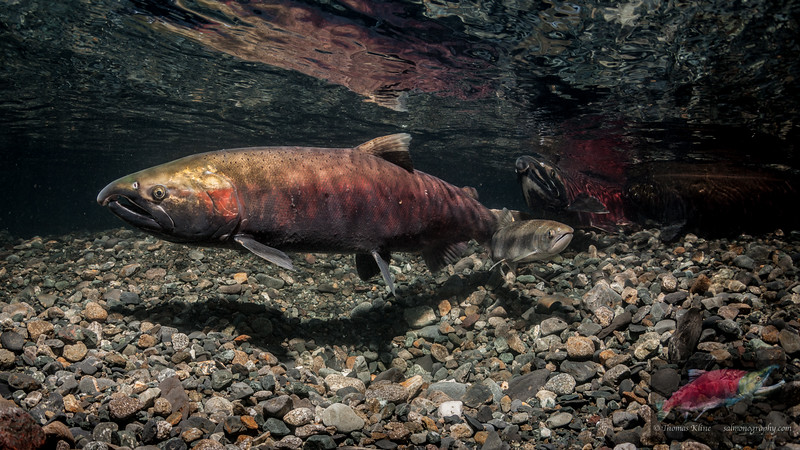 I met her during the California drought, when nobody knew how long it would last and the possibility of losing an entire spawning year was very real. Salmon fishermen were going broke, the reservoirs were at record low levels, and the drought monitor was dark, dark red.
I met her during the California drought, when nobody knew how long it would last and the possibility of losing an entire spawning year was very real. Salmon fishermen were going broke, the reservoirs were at record low levels, and the drought monitor was dark, dark red.
That winter I’d started walking to the little creek a few minutes from home, looking at the water levels and checking out the fish. I’d seen a few good-sized steelhead, but no redds and no spawning activity, and the creek was starting to drop. It looked pretty bad.
Then one evening just as the daylight was failing, I saw my fish. I’m not a photographer, and only had my phone, so you’ll just have to trust me.
She was a Coho salmon adult with a hatchery tag and a beat-up tail, in this little eddy under a log jam, all alone.
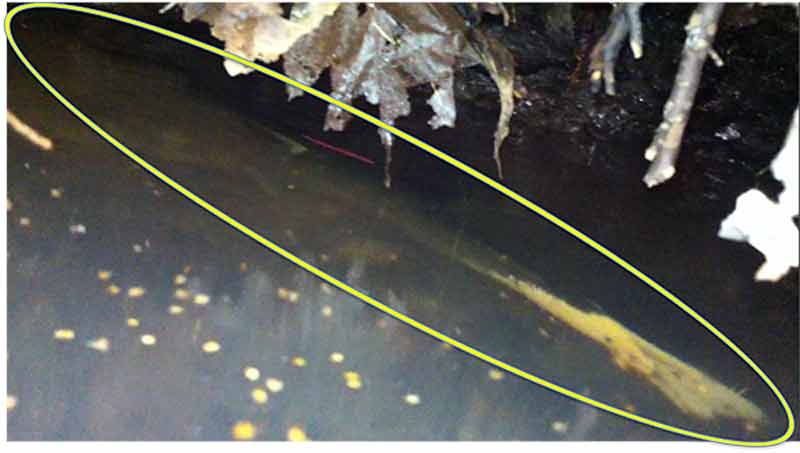
They’re endangered, so I was pretty excited to see her, but worried there were no others.
I came back the next day, and the next, and the next—and there still wasn’t another Coho in the creek.
After a journey we still don’t understand, through thousands of miles of ocean, braving trawler nets and predators and pollution and myriad other terrors, she was dying alone.
Then one day I came down and she was gone, and I had this awful realization that this could be the very last Coho salmon my home stream would ever see.
Extinction wasn’t just at my front door. It had kicked in the door and was staring me in the face.
And I couldn’t let it go. I still can’t. I am haunted by that fish.
Of course my first thought was that I had to do something.
I read up on different stream restoration modalities, and the complexity of the paperwork and regulatory burden involved, and the cost of equipment, and my shocking ignorance of how it all worked, left me dismayed.
I’m a pretty simple guy at heart. I like fixing things, so I just wanted to grab a shovel and get started, but I couldn’t see how to succeed in an ecologically sound fashion on any kind of sane timeline. Enter the beavers.
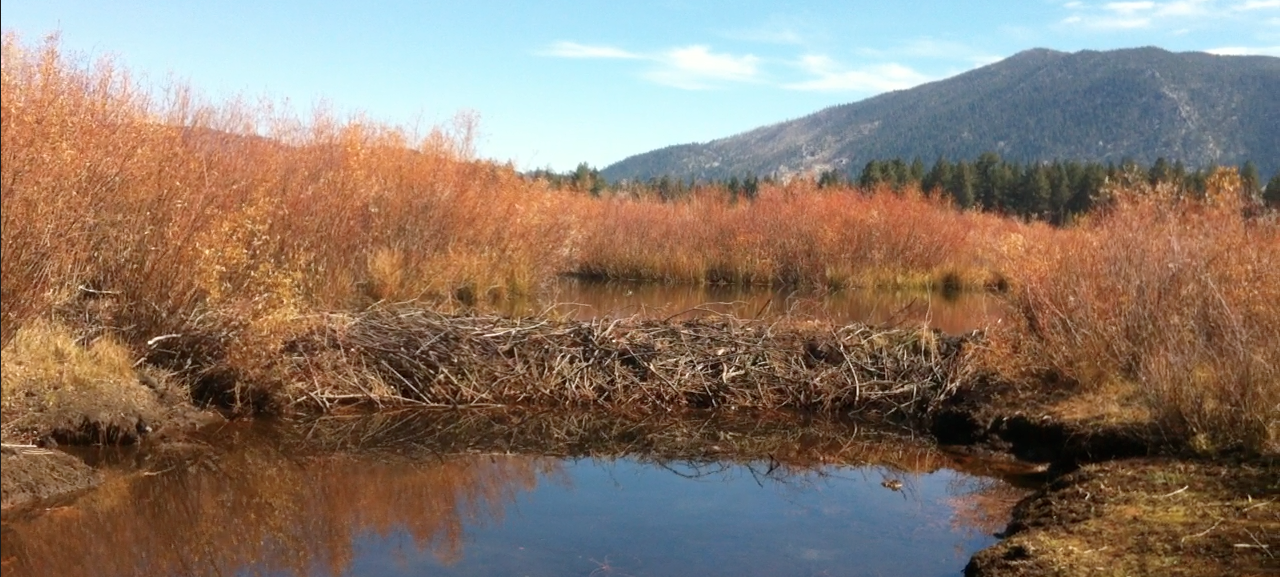
Luckily, at the time my partner Kate was working to establish that beavers were native to California, and I got to help out researching and observing beavers. I understood very quickly that they’re better than we will ever be at fixing broken streams.
So I decided to help them do what they’re good at, and help people learn to live with them.
I traveled to Massachusetts to learn about non-lethal beaver management from Mike Callahan, who runs The Beaver Institute, and he kept telling me, “Don’t quit your day job”, and so I didn’t.
I kept learning about beavers, and grinding at my day job, and saving money to get the business going, and in June of 2018 I formally launched the business and went full time. Since then we’ve grown to a team of 20, built 3100+ structures on over 50 miles of streams, and gotten to work in some of the most beautiful areas imaginable.
There’s nothing better than doing good work to heal our world, our waters, and the critters that depend on them—especially the Coho salmon, may they return to our streams forever.
